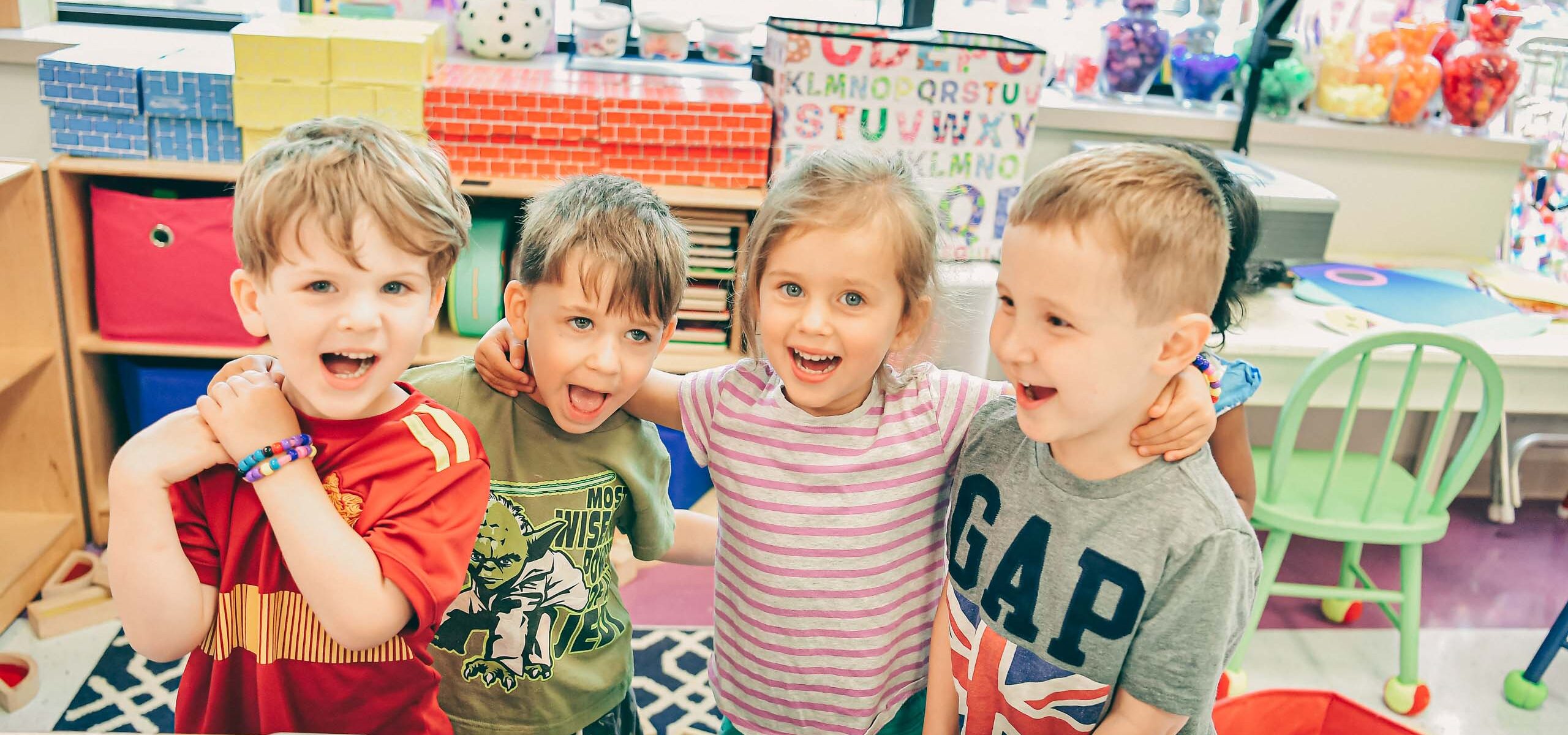On Sukkot, Celebrating Unity in a Diverse Community
by Rabbi Dena Shaffer
 It has been referred to as a “marathon,” this High Holy Day season. And indeed the flood of holidays that accompanies the transition from summer to fall can often leave us with the same exhilarated feeling that I would imagine 26.2 miles of pounding the pavement might illicit; that unique combination of sheer exhaustion and total fulfillment. After two days of Rosh HaShanah and a day of fasting and pouring out our souls before the Holy One on Yom Kippur, we might feel spiritually depleted, wanting nothing more than to take a long nap and recharge our religious batteries.
It has been referred to as a “marathon,” this High Holy Day season. And indeed the flood of holidays that accompanies the transition from summer to fall can often leave us with the same exhilarated feeling that I would imagine 26.2 miles of pounding the pavement might illicit; that unique combination of sheer exhaustion and total fulfillment. After two days of Rosh HaShanah and a day of fasting and pouring out our souls before the Holy One on Yom Kippur, we might feel spiritually depleted, wanting nothing more than to take a long nap and recharge our religious batteries.
And yet, at precisely that time, the Jewish calendar provides us with a spectacular array of festivals – Sukkot, Hoshana Rabbah, Shemini Atzeret, Simchat Torah – one after the other, within the space of a week, and each with its own set of rituals, symbolism, songs, foods, and customs.
Since my arrival in Jewish Baltimore just before this season last year, it has been the ritual of the Lulav and Etrog on the festival of Sukkot that has captivated my attention. There is almost a comical juxtaposition between the exhaustion of the high holy days already behind us and the frenetic energy of waving the four species in all directions – like a second wind at mile 13. There is also beautiful symbolism in this ritual and room for personal interpretation. Midrash Vayikra Rabbah for example, suggests that the etrog, myrtle, and willow represent our three patriarchs, Abraham, Isaac, and Jacob, while the single date palm, or Lulav symbolizes God. By holding the three against the One, we ritually role play our hope that the merits of our ancestors will count for us before God and we demonstrate, through the act of waving, our link to Jewish history and our individual place within it.
A medieval compilation of commentary called Kad ha-Kemah offers that each of the plants refers to a different body part; the heart (etrog), the spine (lulav), the eyes (myrtle), and the lips (willow), thus suggesting that when it comes to making the world more holy, one must use one’s whole self.
But my favorite explanation of these symbols, and the one that I feel is most relevant to our special community, comes from Pesikta D’Rav Kahana, a 5th century collection of Midrashim that were thought to have been preached in early synagogues during the Jewish holidays. Here we discover an interpretation that the lulav and etrog correspond to four different types of Jews. The etrog, because it has both taste and fragrance, symbolizes a Jew who has made both Torah and righteous deeds a part of his life. The palm, which produces a tasty fruit but has no smell, alludes to a Jew who is rich with Torah knowledge but not with righteous deeds. The myrtle leaf, which has a strong scent but no taste refers to a Jew who performs righteous deeds, but has no interest in Torah learning. And the willow, which has neither taste nor scent, suggests a Jew who has neither Torah knowledge nor performs righteous deeds. Our sages, contrary to what we might expect, never articulate that one part of the lulav is better than another, that one type of Jew is preferable to another. Rather, the authors of this passage articulate that one simply cannot perform the mitzvah without all four elements. It is a strong statement for inclusivity, for pluralism, for tolerance and shared existence. For how is this ritual physically performed? Only with both hands, tightly clasped together, clinging to each element so that none should fall from the bundle. The message of the midrash is clear, it takes all types, tightly held, embraced by both hands, to make our Jewish community.
We are blessed here, in this city, to enjoy a Jewish diversity that is unique. From shared sacred space to the wide spectrum of choices with which we are presented, the metaphor of the lulav and etrog from Pesikta d’rav Kahana is acted out and lived in this community more than in any other place I have ever called home. This sukkot I pray that this ritual may continue to be an ever-relevant metaphor and communal goal for us to strive for. May we be inspired by the four species to live up to the symbolism it suggests – to demonstrate both our celebration of diversity, of individual Jewish expressions and choices, and our unity as a people.







